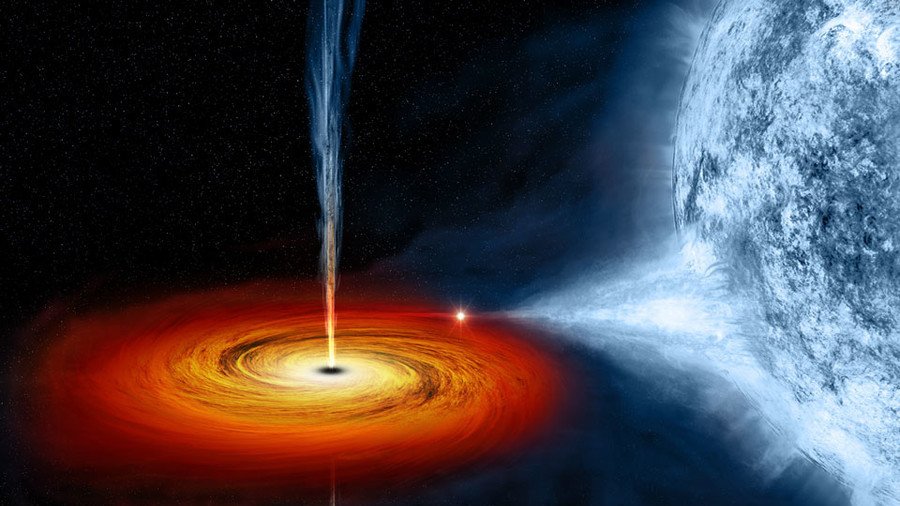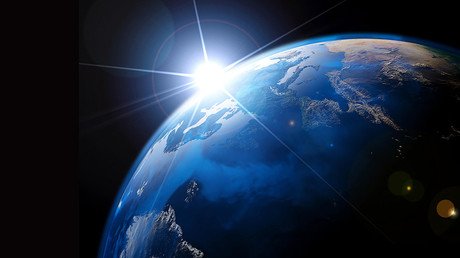Massive black hole’s spectacular spin ‘may rotate space around it’

A massive black hole is spinning so fast that it tests the limits of Einstein's theory of relativity and may rotate space around itself, according to a joint study by India's AstroSat and NASA's Chandra X-Ray Observatory.
The black hole in question is roughly 10 times the mass of the Sun and one of only five with an accurately measured spin rate this fast, close to the speed of light.
India's first dedicated astronomy satellite, Astrosat, launched back in 2015, observed the frenetic pace of the black hole, with findings later confirmed by NASA’s Chandra X-Ray Observatory.
In order to grasp the wonders of the cosmos and understand its infinite variety and splendor, we must study light across the electromagnetic spectrum. Orbiting Earth in space, NASA’s Great Observatories allow us to do just that! Learn More: https://t.co/AckzQUeNxS#NASA60thpic.twitter.com/GidvJHmSSE
— Chandra Observatory (@chandraxray) October 1, 2018
Scientists measure black holes in terms of their mass or their spin rate, which ranks on a scale of 0 to 1. This black hole, in the binary star system 4U 1630-47, has been clocked at a phenomenal rate of 0.9 - in other words, very close to the limit set by Einstein’s theory of relativity.
The incredible void might also provide the key to understanding how galaxies form.
Gas, dust and other mass from the 4U 1630-47 system’s star gets torn away and forms a disk around the black hole, reaching temperatures of over 10 million degrees Celsius and blasting out x-rays monitored and measured by the Chandra Observatory. The overall system generates more than 10,000 times the power emitted by our sun.
Think your friends would be interested? Share this story!














